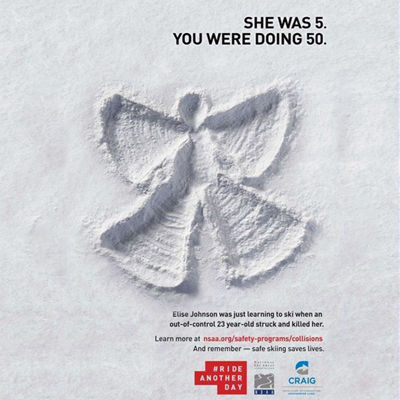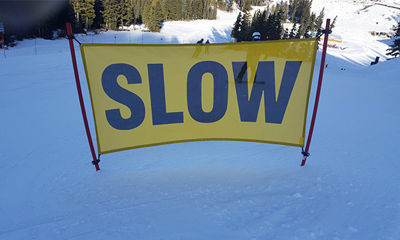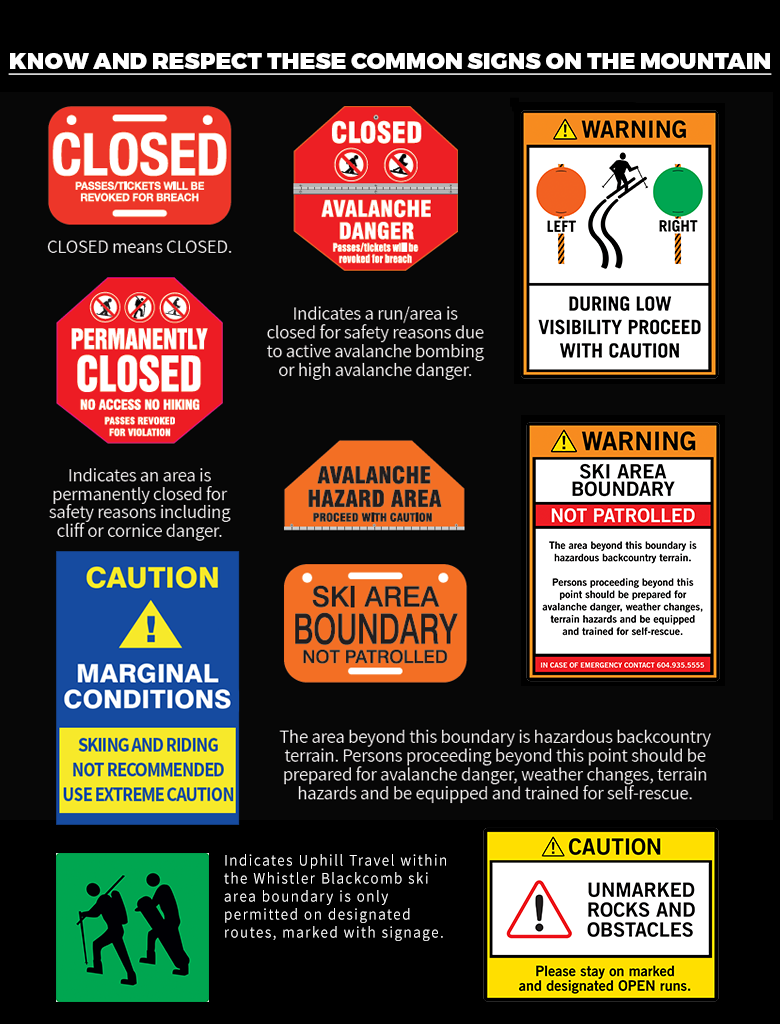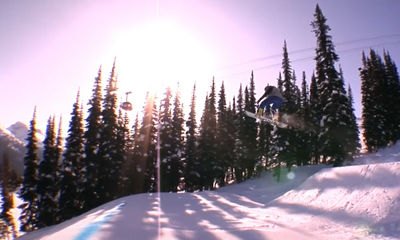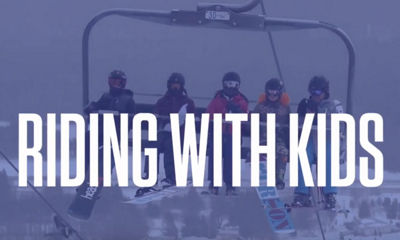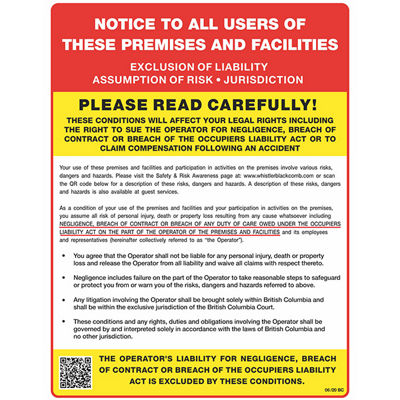
Skiing, snowboarding, biking and hiking involve various risks, dangers and hazards including, but not limited to the following:
- boarding, riding and disembarking lifts;
- changing weather conditions;
- avalanches;
- exposed rock, earth, ice, and other natural objects;
- trees, tree wells, tree stumps and forest deadfall;
- the condition of snow or ice on or beneath the surface;
- variations in the terrain which may create blind spots or areas of reduced visibility;
- variations in the surface or sub-surface, including changes due to man-made or artificial snow;
- variable and difficult conditions;
- streams, creeks, and exposed holes in the snow pack above streams or creeks;
- cliffs; crevasses;
- snowcat roads, road-banks or cut-banks;
- collision with lift towers, fences, snow making equipment, snow grooming equipment, snowcats, snowmobiles or other vehicles, equipment or structures;
- encounters with domestic and wild animals including dogs and bears;
- collision with other persons;
- loss of balance or control; slips, trips and falls;
- accidents during snow school and biking lessons;
- negligent first aid;
- failure to act safely or within one’s own ability or to stay within designated areas;
- negligence of other persons;
- and NEGLIGENCE ON THE PART OF THE OPERATOR and its directors, officers, employees, instructors, agents, representatives, volunteers, independent contractors, subcontractors, sponsors, successors and assigns.


